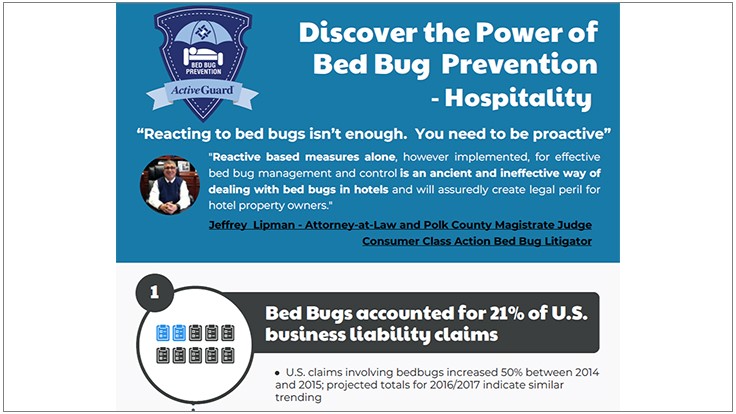Envision your attic as a relaxing Airbnb for rats, with insulation as fluffy as resort cushions and electrical wiring a lot more luring than space service. Now, visualize these unwanted guests tossing a wild event in your home while you're away. As a property owner, guaranteeing your attic is rodent-proof is not almost satisfaction; it has to do with securing your building and enjoyed ones. So, what straightforward actions can you take to protect your sanctuary from these hairy intruders?
Inspect for Entry Points
To start rodent-proofing your attic room, inspect for entrance factors. Beginning by very carefully analyzing the exterior of your home, searching for any type of openings that rats might use to access to your attic. Look for spaces around energy lines, vents, and pipes, as well as any cracks or holes in the foundation or siding. Make certain to pay very close attention to locations where different structure materials satisfy, as these prevail entrance points for rodents.
In addition, inspect the roofing for any kind of harmed or missing shingles, along with any gaps around the sides where rodents might squeeze via. Inside flea tick yard treatment , seek indications of existing rodent activity such as droppings, ate cords, or nesting materials. Utilize a flashlight to completely examine dark edges and hidden rooms.
Seal Cracks and Gaps
Examine your attic extensively for any splits and spaces that need to be secured to avoid rats from going into. Rodents can press via even the tiniest openings, so it's vital to secure any possible access factors. linked website around pipelines, vents, cable televisions, and where the walls meet the roof covering. Utilize a combination of steel woollen and caulking to seal these openings efficiently. Steel wool is an outstanding deterrent as rats can not chew with it. Ensure that all gaps are firmly sealed to refute access to undesirable insects.
Do not neglect the relevance of sealing voids around doors and windows too. Use weather condition stripping or door moves to secure these areas efficiently. Examine the locations where utility lines enter the attic room and seal them off utilizing an appropriate sealant. By making the effort to secure all splits and gaps in your attic room, you produce a barrier that rodents will certainly find challenging to breach. Prevention is key in rodent-proofing your attic room, so be detailed in your initiatives to seal any type of prospective entrance factors.
Get Rid Of Food Sources
Take positive procedures to eliminate or store all possible food resources in your attic room to discourage rats from infesting the room. Rats are attracted to food, so removing their food sources is vital in maintaining them out of your attic room.
Below's what you can do:
1. ** Store food firmly **: Prevent leaving any kind of food things in the attic room. Store all food in closed containers constructed from steel or durable plastic to avoid rodents from accessing them.
2. ** Clean up particles **: Eliminate any kind of piles of debris, such as old newspapers, cardboard boxes, or wood scraps, that rats can make use of as nesting material or food resources. Maintain the attic clutter-free to make it less enticing to rats.
3. ** Dispose of garbage appropriately **: If you utilize your attic room for storage space and have waste or waste up there, make sure to get rid of it routinely and properly. Rotting https://www.pctonline.com/article/a-bankable-source-of-revenue-/ can draw in rats, so keep the attic room tidy and without any type of natural waste.
Final thought
Finally, keep in mind that an ounce of prevention is worth a pound of remedy when it pertains to rodent-proofing your attic room.
By putting in the time to evaluate for entry factors, seal splits and voids, and get rid of food resources, you can keep unwanted bugs at bay.
Bear in mind, 'An ounce of avoidance deserves an extra pound of remedy' - Benjamin Franklin.
Remain proactive and protect your home from rodent infestations.
